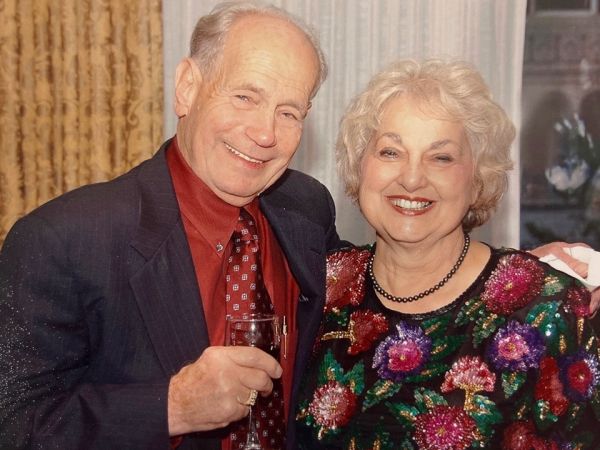SPRINT PNS; Knee Pain
Not much keeps 87-year-old Josephine down, but pain in her right knee from a partial knee replacement more than 20 years ago was certainly trying. While the surgery was a success, her knee continued to deteriorate and became increasingly painful.
“The pain slowed me down a lot,” says the great-grandmother of eight. Despite this, Josephine continued to pursue her passions. An avid gardener, she grows her own vegetables and fruits on the 5.5 acre homestead she and her husband, now deceased, built fifty years ago. She belongs to two gardening clubs and adores cooking. In addition, she volunteers with a group that takes handicapped adults on social outings a few times each month.
Searching for relief
Over the years, Josephine went to pain specialists who tried cortisone shots, but they didn’t work. She also tried creams, physical therapy, and a radiofrequency ablation (RFA), but nothing really helped. Even when the pain was severe, Josephine avoided all pain medications except for Tylenol. She says, “I’m afraid of addiction because I’ve seen too many people get hooked on opioids.”
When the RFA didn’t succeed, Josephine’s physician suggested trying the SPRINT® PNS system. The minimally invasive nature of SPRINT appealed to Josephine. “I’m too old to have surgery to have that knee redone because I don’t recover rapidly enough from anesthesia.”

Dr. Patrick McIntyre of University Hospitals Lake Health West Medical Center implanted the lead wires of the SPRINT PNS System and Josephine says she felt relief relatively quickly. And once the 60-day treatment ended, the pain relief continued. Josephine was so impressed, in fact, that she asked her doctor for brochures, and she says she has handed out copies to everyone she knows.
A huge SPRINT fan
“When you find something that works, you want to brag about it to everybody. I’m one of SPRINT’s biggest champions. Honestly, it was such a godsend to me because I didn’t want to give up any of my projects,” says Josephine. “Until SPRINT, nothing else worked. This has made it possible to do everything I want.”
“When I’m committed to something, I’ll do it whether I’m in pain or not. Honestly, it’s so much nicer to be able to do these things and not be in pain.”
The SPRINT PNS System is indicated for up to 60 days for: (i) Symptomatic relief of chronic, intractable pain, post-surgical and post-traumatic acute pain; (ii) Symptomatic relief of post-traumatic pain; and (iii) Symptomatic relief of post-operative pain. The SPRINT PNS System is not intended to be placed in the region innervated by the cranial and facial nerves.
Each patient’s testimonial is the result of each patient’s unique situation resulting in varying responses, experiences, risks, and outcomes to the SPRINT PNS System. The patient experiences shared on this page are not medical advice and should not be substituted for the independent medical judgment of a trained healthcare professional. Discuss your options and use of the SPRINT PNS System with your medical provider. Physicians should use their best judgment when deciding when to use the SPRINT PNS System. For more information see the SPRINT PNS System IFU.
Most common side effects are skin irritation and erythema. Results may vary. Rx only.

